Siembra
Para la tercera entrega de nuestra serie de exhibiciones en kurimanzutto, ambxs artistas desarrollaron nuevos cuerpos de trabajo que operan a manera de paisajes personales que se entretejen como formas de estar en sí y con otras criaturas, cosas y espacios físicos y simbólicos.
El trabajo de Ulrik López (México, 1989) emplea sistemas y motivos usados por algunos campos que estudian la actividad humana a través lo material y la producción cultural, tales como la arqueología y la antropología, para investigar y abordar nociones relacionadas a las diversas visiones de mundo, lo ritual, el mito, lo artesanal y los objetos y personajes que los habitan. Este cuerpo de trabajo, aborda formalmente el interés del artista y su investigación en torno a las montañas como personajes vivos, haciendo un especial hincapié en el concepto de la montaña “artificial”, arquetípica; altares, peanas, etc. que simbolizan a la montaña sin necesariamente ser 1 o estar en su cima, sino dentro de, en una progresión desde lo exterior hacia lo interior. Sobre esas líneas, algunas de las obras como Las montañas lloran cada 15 años, así es que nacen sus ríos, operan incluso a manera de autorretratos, los primeros del artista. Por último, López regresa formalmente a una preocupación temprana de su práctica, abordando desde el material la intersección entre el dibujo y la escultura, y entendiendo su relación con el adobe como un vínculo que necesita atención y cuidados para fortalecerse y permanecer.
Por su parte, la obra de Ramiro Chaves (Argentina, 1979) subvierte las barreras disciplinarias a partir de la creación de imágenes y objetos haciendo uso de la fotografía, el dibujo, la pintura, la escultura y la poesía visual. Sus proyectos suceden en la intersección entre el trabajo de estudio, la práctica educativa y la documentación. Este nuevo cuerpo de obra, titulado NARDAR A SO, es una documentación de diferentes formas de estar en y con espacios arquitectónicos, animales, ambientes creativos, espacios rituales y otrxs, en un intento por revelar un espacio circular sin centro, navegando el margen, en el contorno periférico de la experiencia. En palabras del artista: Es una casa hecha de pedazos de otras casa. NARDAR– puede ser. Un verbo imaginario. Una potencia óptica y acústica al mismo tiempo. Una voz animal. Mirar como Narrar. Ladrar, desear nadar y hacer nada. –A de dirigirse a un Otro. Cambiar de espacio en mapas reflejos. Una dirección ascendente. Una especie de cuidado. –SO quizá sabe lo que no sé. Es una luz, una amiga, un soporte, algún color, un duelo y un pretexto.
**
For the third iteration of our exhibitions series at kurimanzutto, we are presenting the work of Ramiro Chaves (Argentina, 1979) and Ulrik López (Mexico, 1989). Both artists developed new bodies of work that operate as personal landscapes, intersecting with each other as ways of being with oneself, and other creatures, things and spaces, both physical and symbolic.
The work of Ulrik López (Mexico, 1989) employs systems and motifs used by certain fields that study human activity through material and cultural production, such as archaeology and anthropology, in order to investigate and address notions related to world-views, ritual, myth, craftsmanship, and the objects and characters that inhabit them. This body of work formally addresses the artist’s ongoing interest and research on mountains as living subjects, with a special emphasis on the concept of the artificial, archetypal mountain; altars, bases, etc. that symbolize the mountain without necessarily being on it, or on top of it, but rather in it, in a progression from the external towards the internal. Along these lines, some of the works in the exhibition such as Las montañas lloran cada 15 años, así es que nacen sus ríos (Mountains cry every 15 years, that is how their rivers are born) even operate as self-portraits, the artist’s firsts. Lastly, López makes a formal return to an early concern within his practice addressing the intersection between drawing and sculpture from the material, and understanding his relation to adobe as a bond that needs attention and care in order to fortify and linger.
On the other hand, the work of Ramiro Chaves (Argentina, 1979) subverts disciplinary barriers through the creation of images and objects using photography, drawing, painting, sculpture and visual poetry. His projects take place at the intersection between studio work, educational practice and documentation. This new body of work, titled NARDAR A SO is a documentation of different ways of being in and with architectural spaces, animals, creative environments, ritual spaces and others; in an attempt to reveal a circular area without a centre; navigating the margin, at the peripheral contour of experience. In the words of the artist: It is a house made of other houses. NARDAR can be. An imaginary verb. An optical and an acoustical potency, simultaneously. An animal voice. Gazing as narrating. Barking. Wanting to swim and not doing a thing. A– dressing another one. Switching spaces in reflective maps. An ascending direction. A sort of care. –SO– maybe knows what I don’t. It is a light, a girl friend, a support, some color, mourning and a pretext.


Ramiro Chaves
Leonarda, 2020
(Nardar a So)
Inkjet print on archival paper
Framed: 49.8 × 39.8 cm (19 ⅝ × 15 ⅝ inches)
Edition 1/2 + I AP
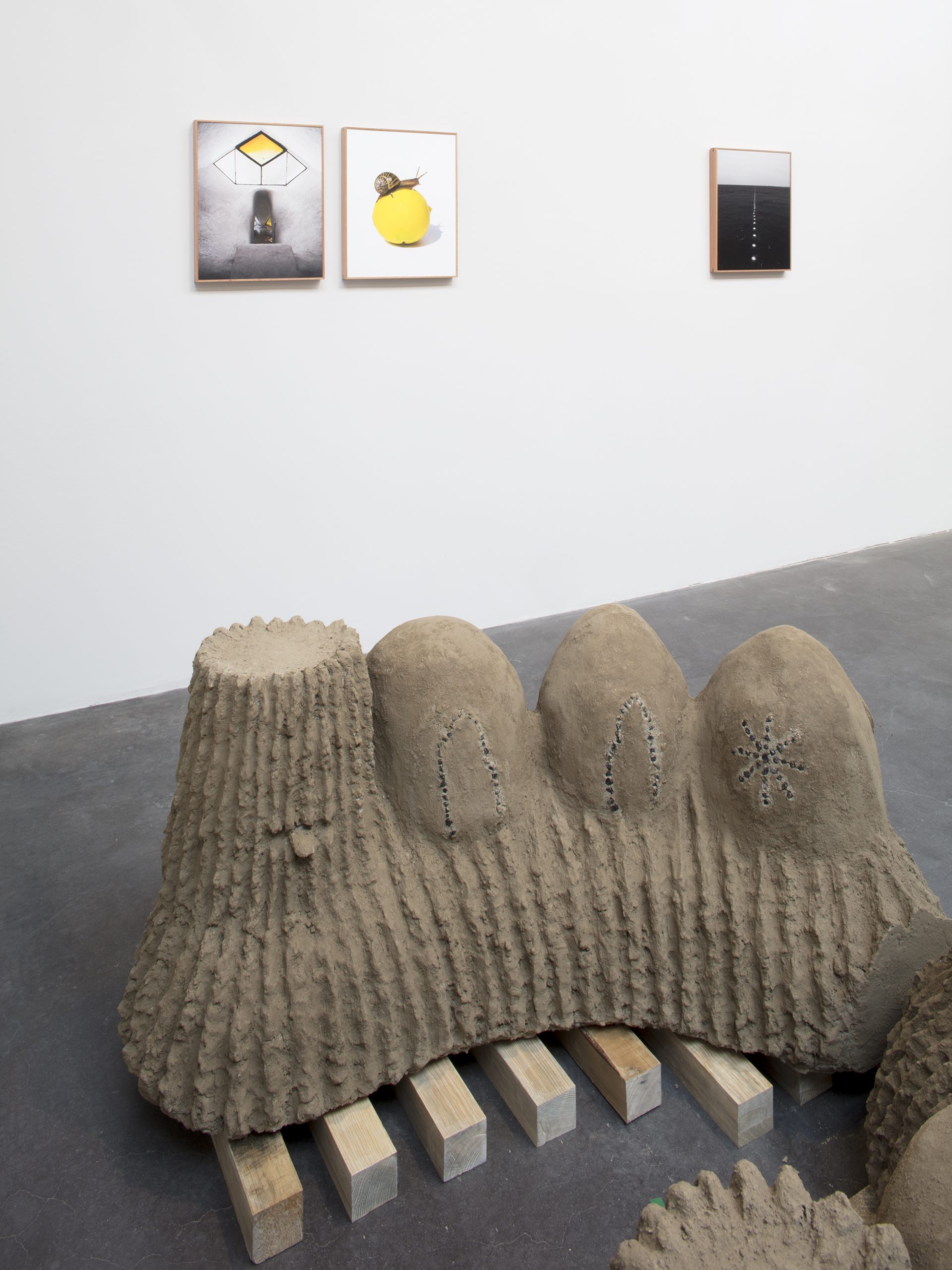

Ulrik López
El Día y La Noche, 2021
Adobe
140 × 190 × 69 cm (55 ⅛ × 74 ¾ × 27 ⅛ inches)
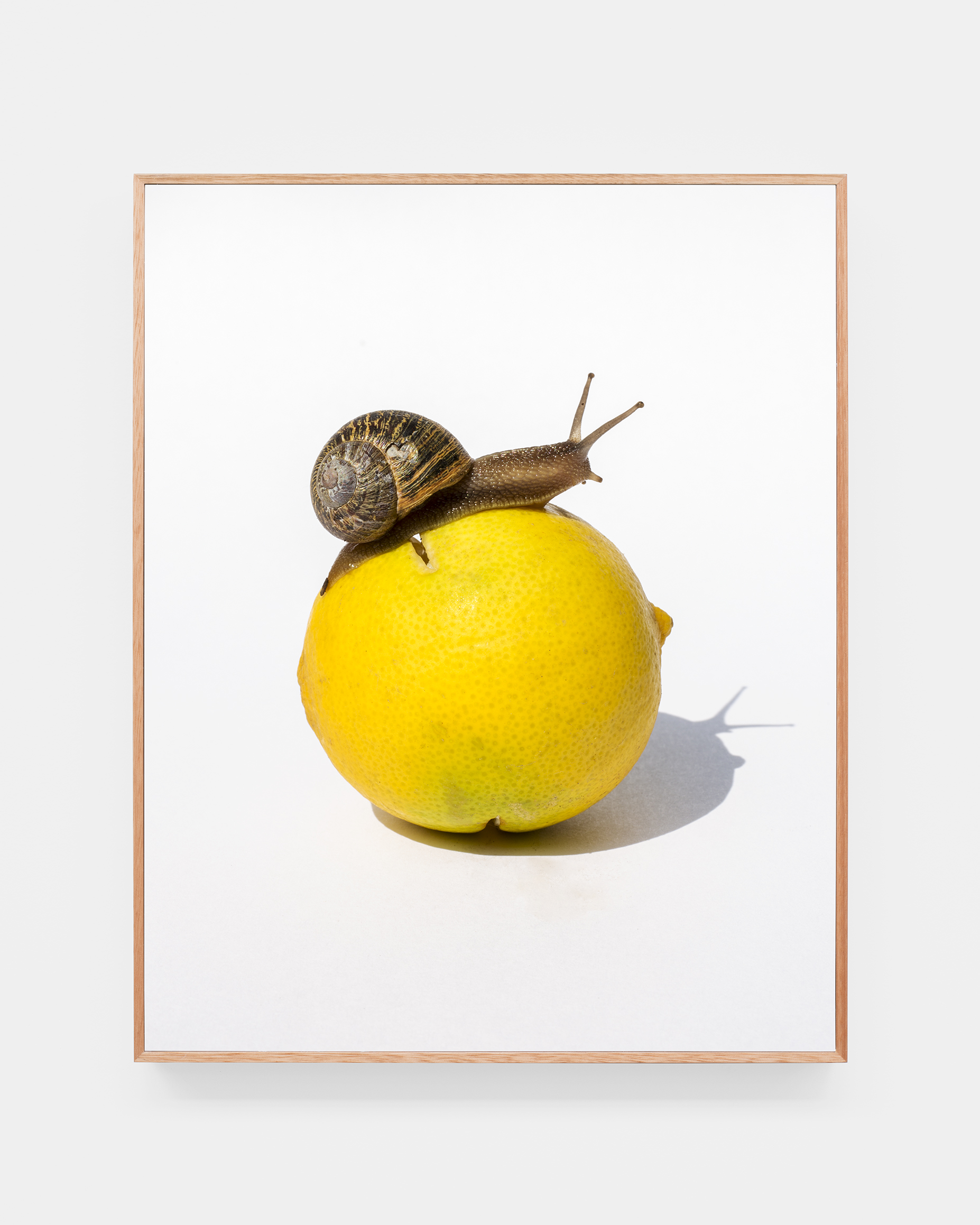
Ramiro Chaves
Caracol y Limón, 2020
(Nardar a So)
Inkjet print on archival paper
Framed: 49.8 × 39.8 cm (19 ⅝ × 15 ⅝ inches)
Edition 1/2 + I AP


Vista de la instalación. Ulrik López, siembra.
Installation view. Ulrik López, siembra.
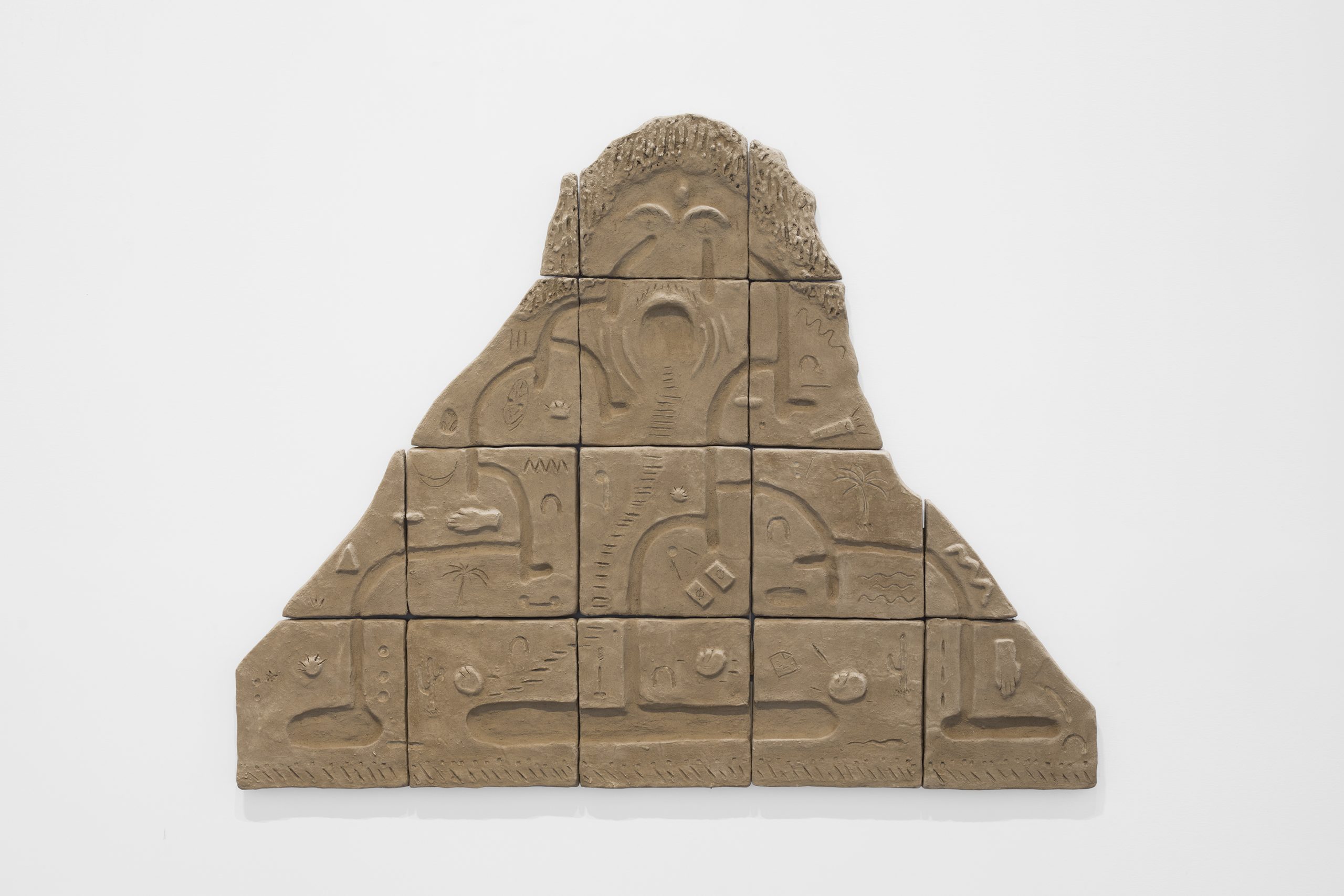
Ulrik López
Las Montañas lloran cada 15 años, así es que nacen sus ríos, 2021
Adobe bas relief
130 × 104 × 5 cm (51 ⅛ × 41 × 2 inches)

Detalle de Las Montañas lloran cada 15 años, así es que nacen sus ríos, 2021.
Detail of Mountains cry every 15 years, that’s how their rivers are born, 2021.


Ramiro Chaves
Pizarra y limón, 2020
(Nardar a So)
Inkjet print on archival paper
Framed: 49.8 × 39.8 cm (19 ⅝ × 15 ⅝ inches)
Edition 1/2 + I AP
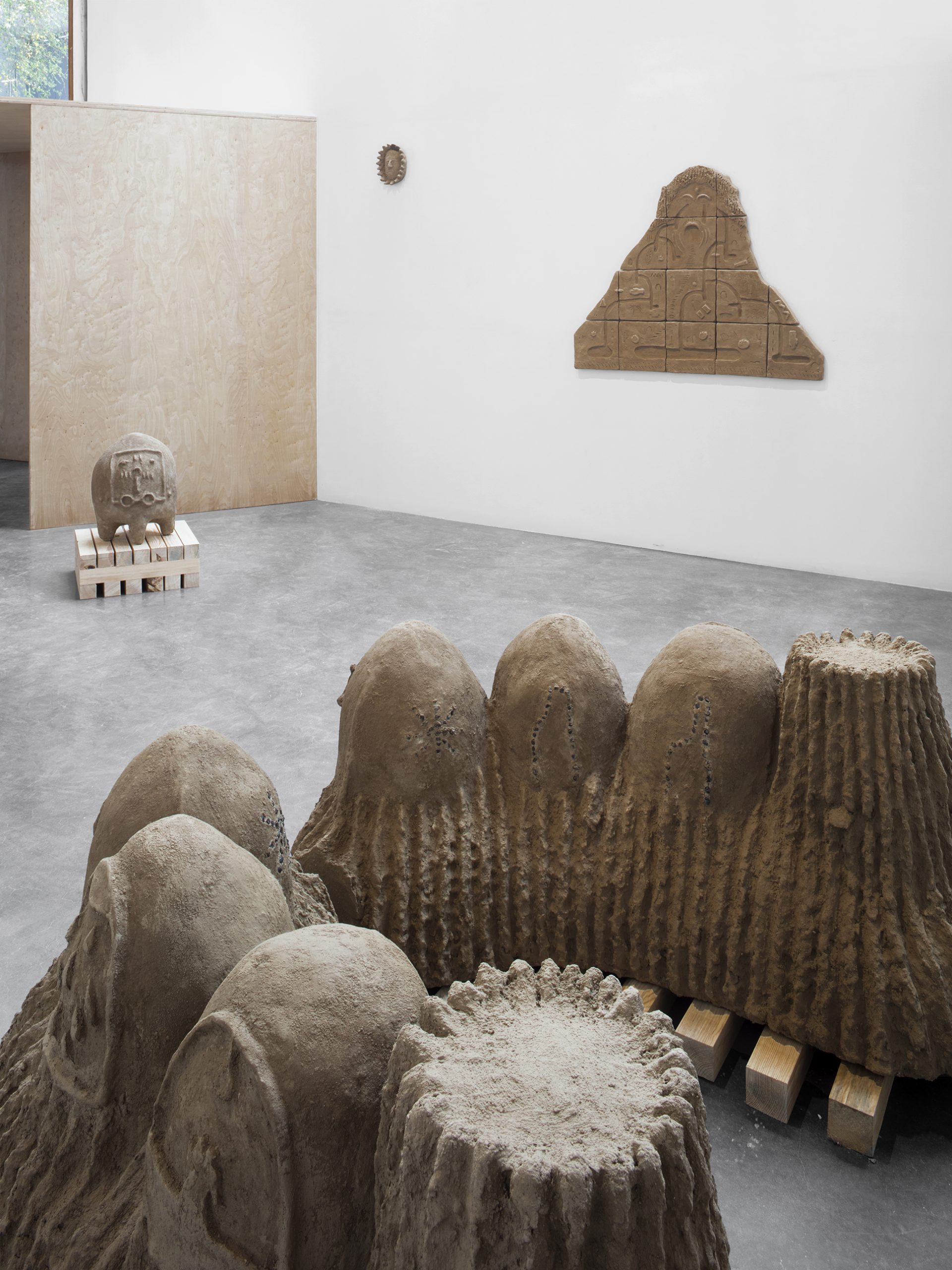
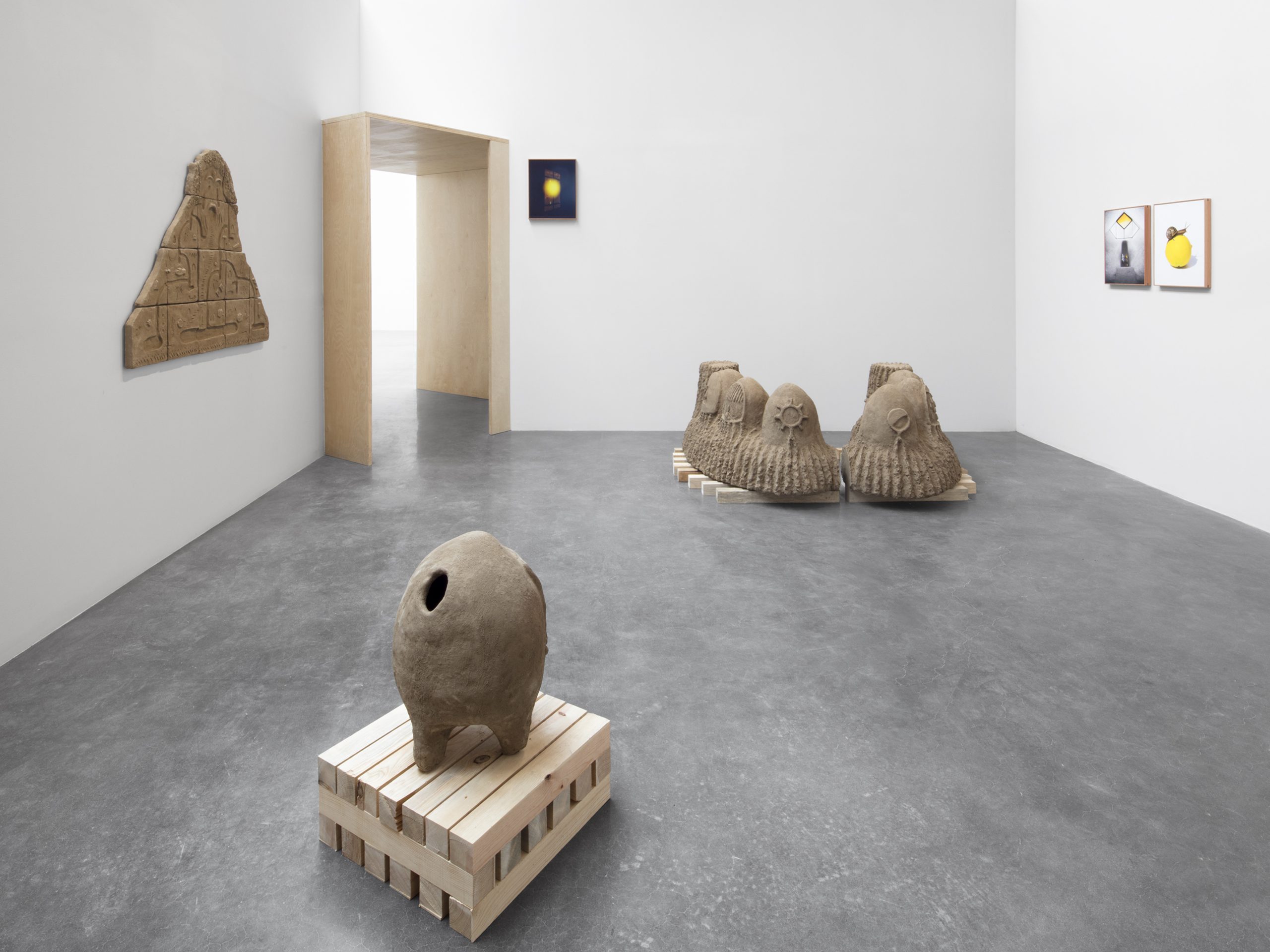

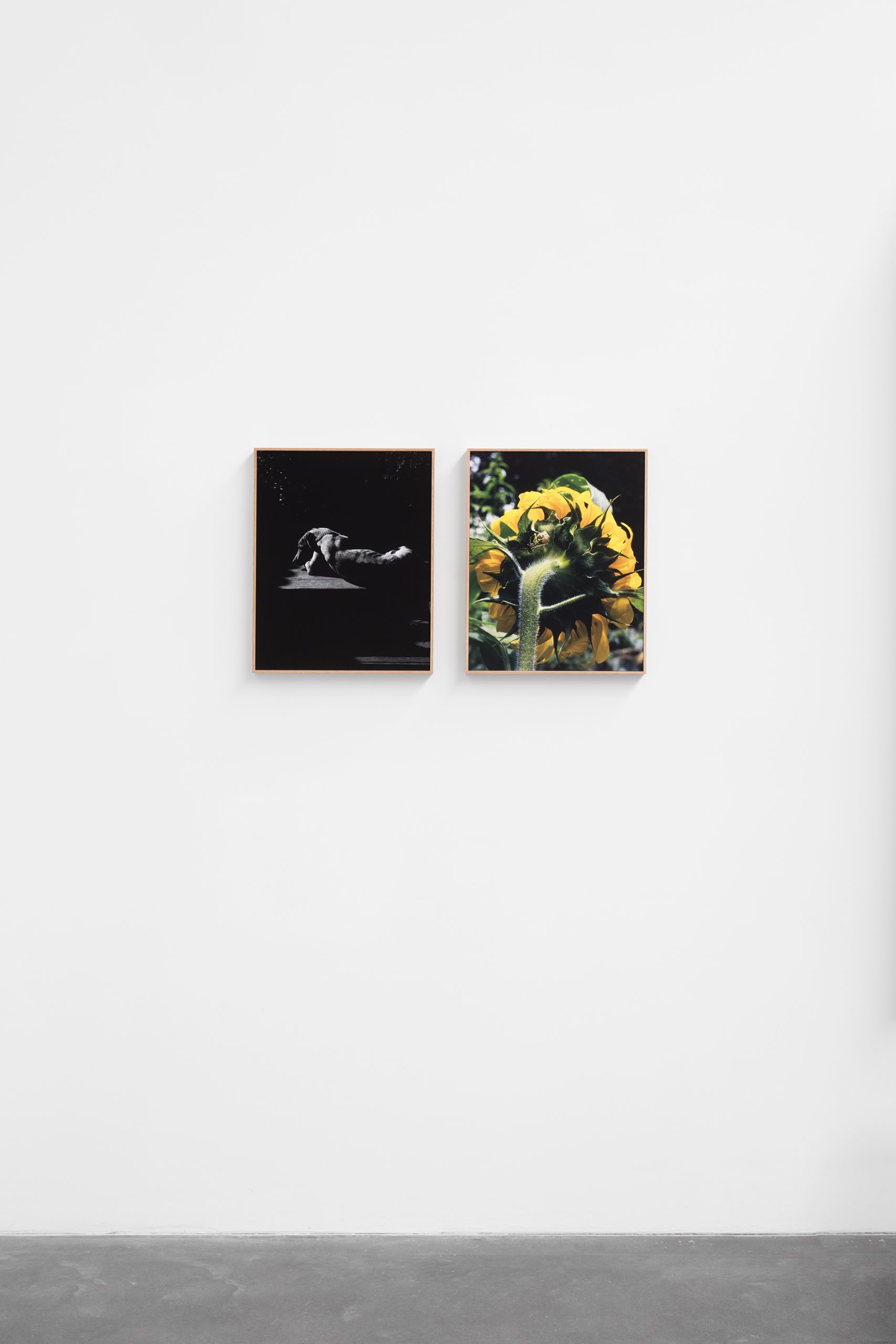
Vista de instalación, Ramiro Chaves.
Installation view, Ramiro Chaves.
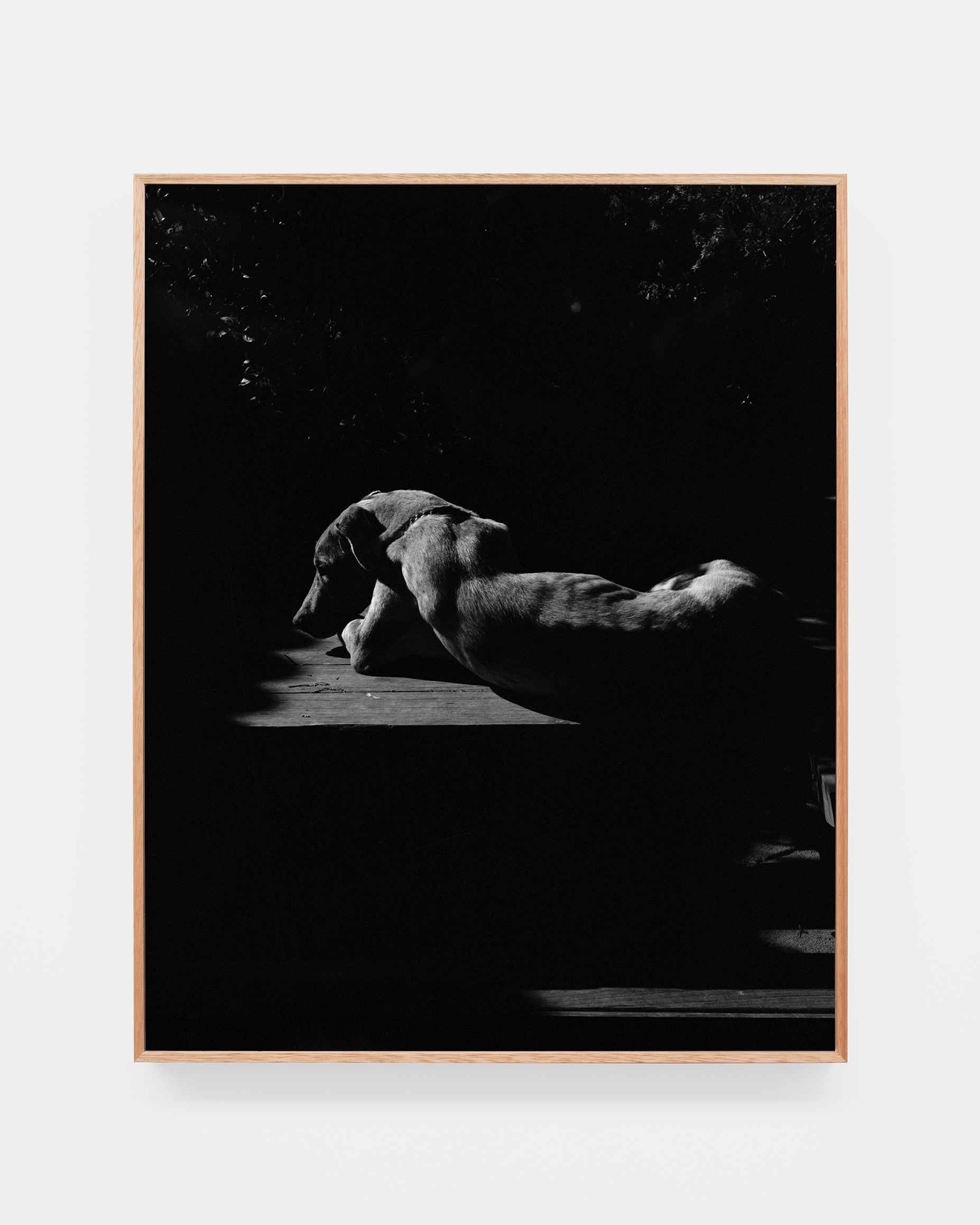
Ramiro Chaves
Nardo sobre la mesa, 2020
(Nardar a So)
Inkjet print on archival paper
Framed: 49.8 × 39.8 cm (19 ⅝ × 15 ⅝ inches)
Edition 1/2 + I AP
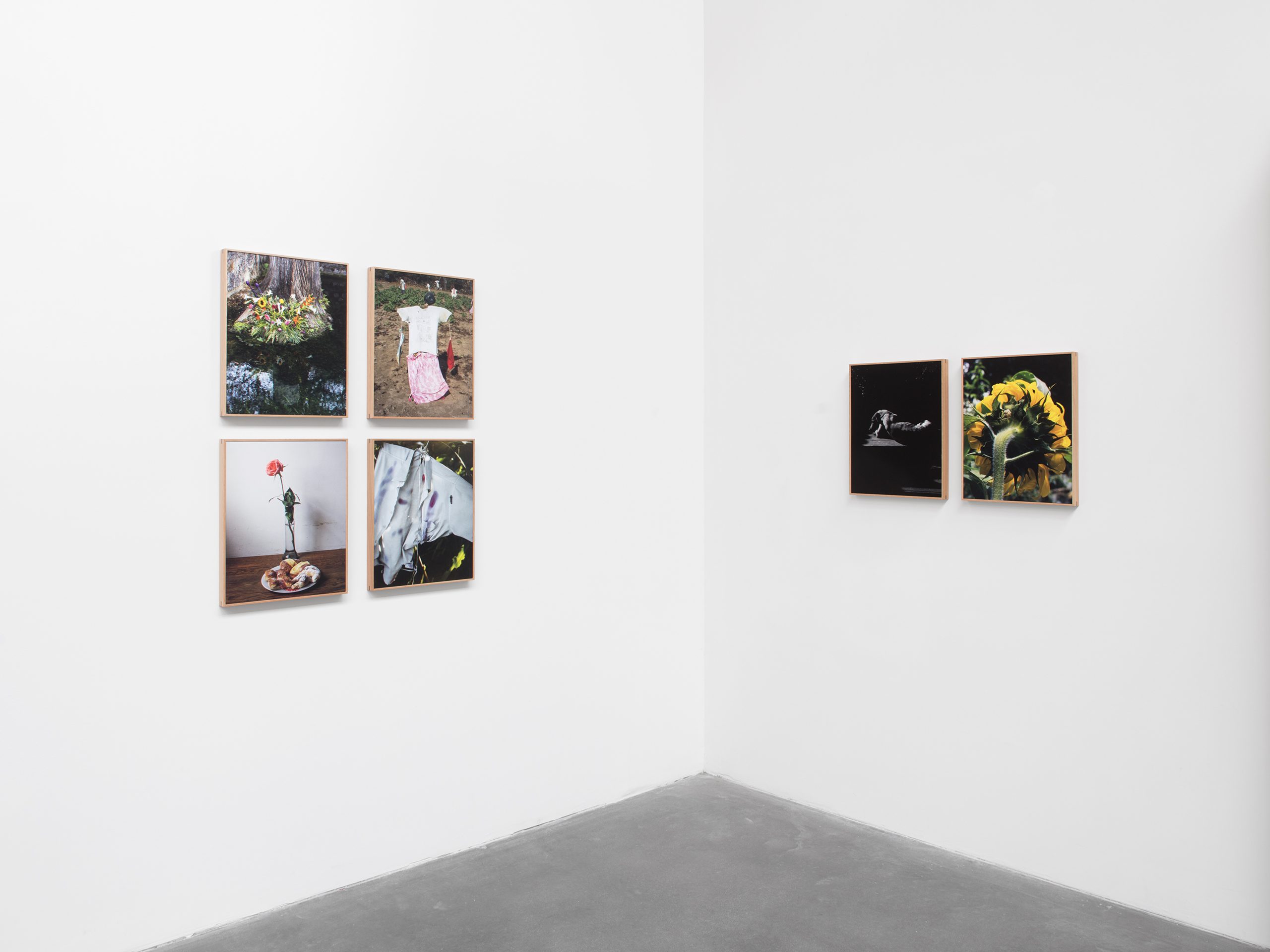

Detalle de El Día y La Noche, 2021. Ulrik López
Detail of Ulrik López’s Day and Night, 2021.
Ramiro Chaves & Ulrik López acerca de su exhibición dentro del ciclo de Siembra.
Video producido y editado por kurimanzutto©
Ramiro Chaves & Ulrik López on their exhibition within Siembra.
Video produced and edited by kurimanzutto©